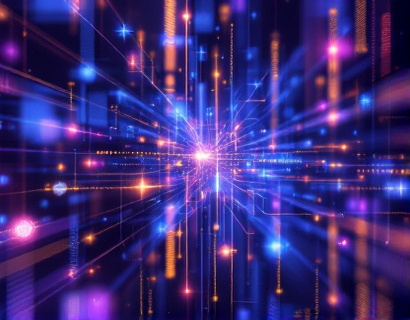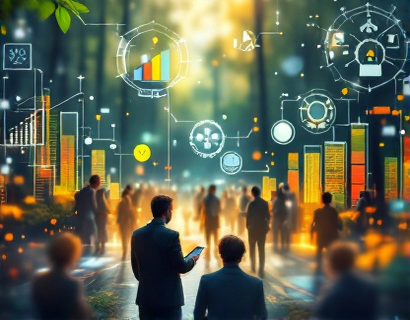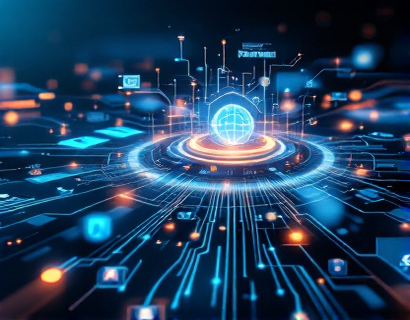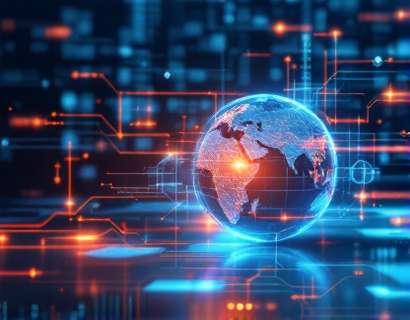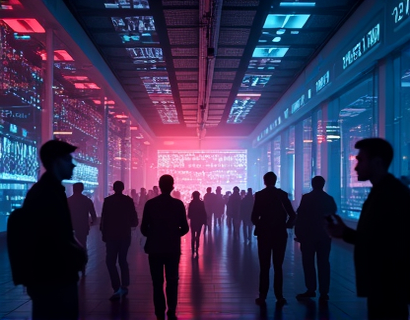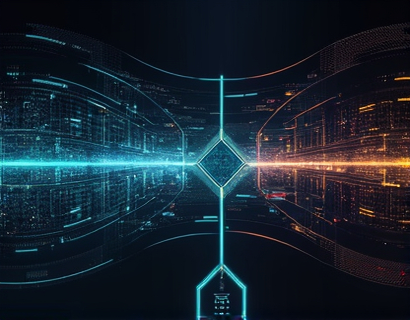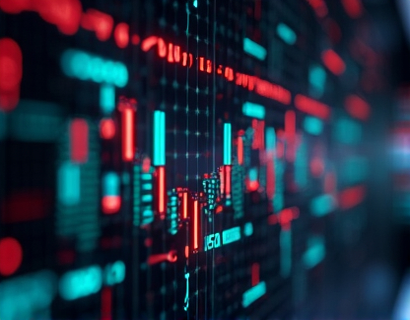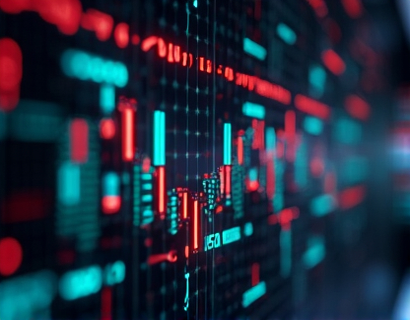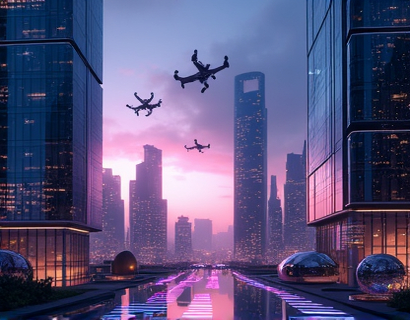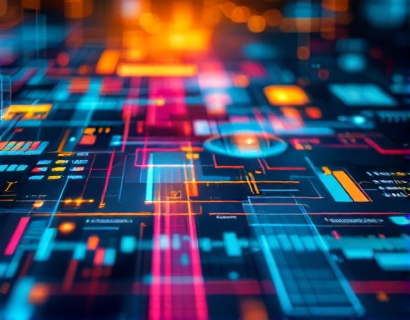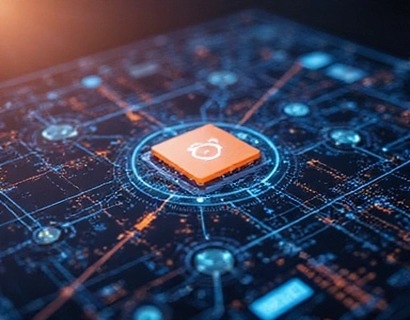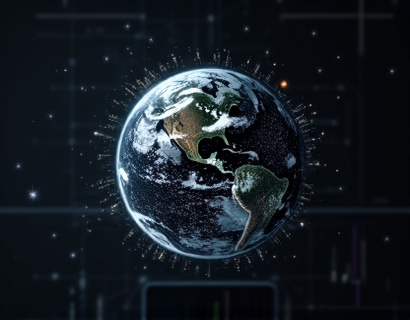Automated Document Translation: Transforming Global Communication with AI-Powered Multilingual Solutions
In an increasingly globalized world, the need for efficient and accurate multilingual communication has become paramount. Businesses and individuals are constantly seeking ways to bridge language barriers to enhance collaboration, expand markets, and improve customer service. Automated document translation, powered by advanced AI technologies, is revolutionizing the way we handle multilingual document management. This transformative solution not only automates the conversion of text into multiple languages but also ensures precision and cultural sensitivity, making it an indispensable tool for modern global communication.
The advent of AI-driven translation software has marked a significant shift from traditional translation methods. Unlike manual translation, which is time-consuming and prone to human error, AI-powered translation offers a faster, more consistent, and cost-effective alternative. These systems leverage machine learning algorithms and vast language databases to produce high-quality translations that are not only linguistically accurate but also contextually relevant and culturally sensitive.
How AI-Powered Translation Works
At the core of AI-powered document translation is a sophisticated blend of natural language processing (NLP), machine learning, and deep learning techniques. NLP enables the system to understand and interpret the structure and meaning of text, while machine learning algorithms allow the system to learn from vast amounts of data, improving its translation capabilities over time. Deep learning, a subset of machine learning, uses neural networks to model complex patterns in language, further enhancing the accuracy and fluency of translations.
The translation process begins with the input of source text, which is then analyzed by the AI system. The system breaks down the text into smaller units, such as sentences and phrases, and processes each unit to determine the most appropriate translation. This involves not just a word-for-word translation but a deeper understanding of context, idioms, and cultural nuances. The AI then generates the translated text, ensuring that it maintains the original meaning and tone while adapting to the target language's grammatical and syntactical rules.
Benefits of Automated Document Translation
The benefits of adopting AI-powered document translation are numerous and significant. Firstly, it dramatically reduces the time and resources required for translation tasks. Traditional methods often involve hiring human translators, which can be costly and time-consuming, especially for large volumes of documents. AI-driven translation automates this process, allowing businesses and individuals to handle multilingual content efficiently and at a fraction of the cost.
Accuracy is another critical advantage. Human translators, despite their expertise, can make mistakes, especially when dealing with complex or specialized content. AI systems, on the other hand, consistently deliver accurate translations by leveraging extensive language data and continuous learning. This reliability is crucial for maintaining the integrity of documents, whether they are legal contracts, technical manuals, or marketing materials.
Cultural sensitivity is yet another area where AI-powered translation excels. Language is deeply intertwined with culture, and a good translation must reflect this. AI systems are designed to understand and respect cultural differences, ensuring that translations are not only linguistically correct but also culturally appropriate. This is particularly important for global brands that need to maintain a consistent and respectful presence across different markets.
Enhancing International Collaboration
The impact of AI-powered translation on international collaboration cannot be overstated. In a global business environment, teams often consist of members from different linguistic backgrounds. AI-driven translation tools facilitate seamless communication, breaking down language barriers and fostering a more inclusive and collaborative work environment. Project managers can share documents, reports, and feedback in real-time, ensuring that all team members are on the same page, regardless of their native language.
For educational institutions and research organizations, AI translation tools enable the sharing and dissemination of knowledge across linguistic boundaries. Scholars can access a broader range of resources, collaborate on international projects, and publish their findings in multiple languages, thereby reaching a wider audience and contributing to global academic discourse.
Streamlining Workflows
Automated document translation significantly streamlines workflows across various industries. In the legal sector, for instance, lawyers and paralegals can quickly translate contracts, court documents, and legal briefs, reducing the time spent on these tasks and allowing them to focus on more critical aspects of their work. Similarly, in the healthcare industry, medical professionals can access patient records, research papers, and educational materials in multiple languages, improving patient care and expanding research opportunities.
For businesses, especially those with a global presence, AI translation tools are invaluable for managing multilingual customer support, marketing campaigns, and product documentation. Customer service representatives can respond to inquiries from international clients in their native languages, enhancing customer satisfaction and loyalty. Marketing teams can create targeted campaigns that resonate with local audiences, while ensuring that brand messaging remains consistent across different regions.
Challenges and Limitations
Despite its numerous advantages, AI-powered document translation is not without challenges. One of the primary concerns is the quality of translation, particularly for low-resource languages with limited data available for training AI models. While major languages like English, Spanish, and Mandarin benefit from extensive datasets, lesser-known languages may still struggle with accuracy and fluency. However, ongoing advancements in AI research are gradually addressing these gaps, expanding the range of supported languages and improving overall translation quality.
Another challenge is the potential loss of nuance and context in highly specialized or idiomatic content. While AI systems have made significant strides in understanding context, certain domains such as poetry, literature, and humor may still pose difficulties. In such cases, human oversight and intervention remain essential to ensure the highest quality of translation.
Future Trends in AI-Powered Translation
The future of AI-powered document translation is promising, with several exciting trends on the horizon. One such trend is the integration of multimodal translation, which combines text with other media such as images, videos, and audio. This approach can provide more comprehensive and context-rich translations, especially for content that relies heavily on visual elements.
Another area of development is the personalization of translation services. AI systems are becoming more adept at learning individual preferences and adapting translations to specific styles or tones. This personalization can further enhance the cultural sensitivity and relevance of translations, making them even more effective for global communication.
Additionally, the convergence of AI translation with other technologies, such as blockchain and the Internet of Things (IoT), is opening new possibilities. For example, blockchain can ensure the security and integrity of translated documents, while IoT devices can enable real-time translation in various settings, from smart homes to international conferences.
Conclusion
AI-powered document translation is transforming the way we communicate across languages and cultures. By automating the translation process, these advanced solutions save time, reduce costs, and ensure accuracy and cultural sensitivity. As the technology continues to evolve, it will play an increasingly vital role in facilitating global collaboration, expanding market reach, and enhancing international understanding. For businesses and individuals alike, embracing AI-driven translation is not just a strategic advantage but a necessity in today's interconnected world.




